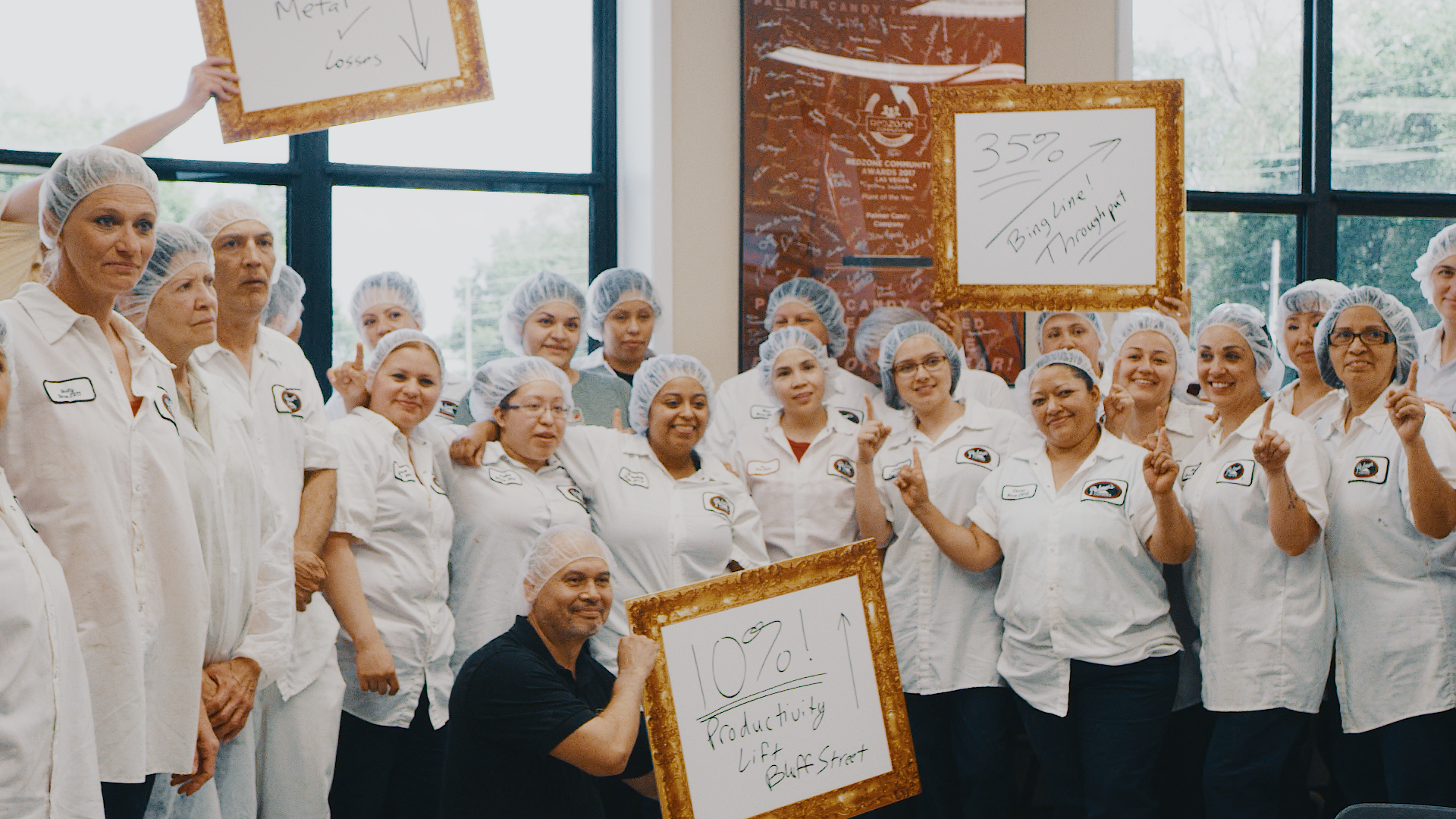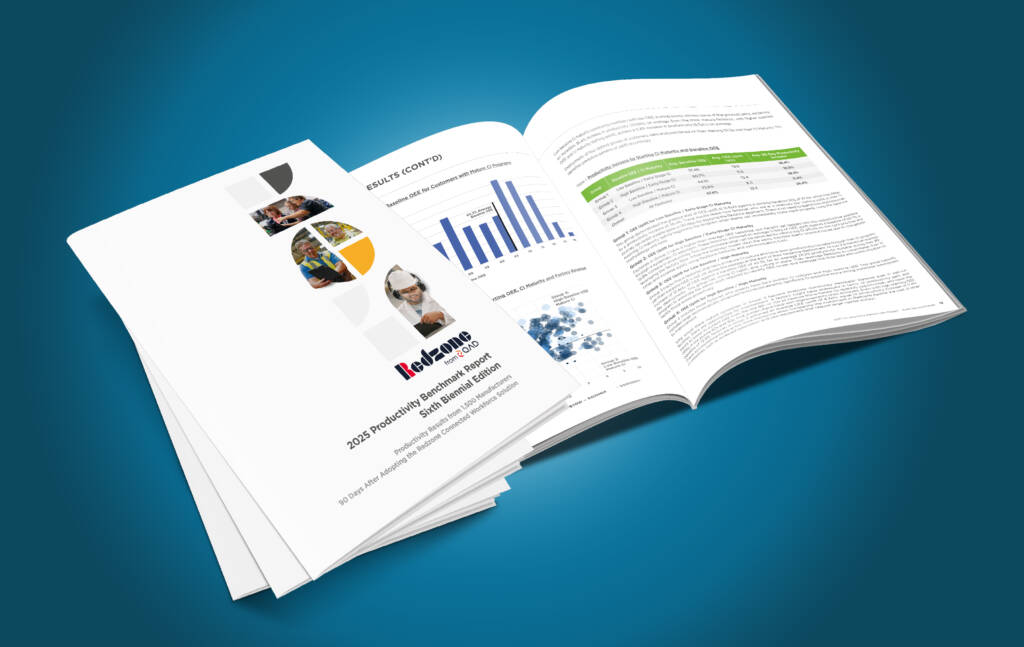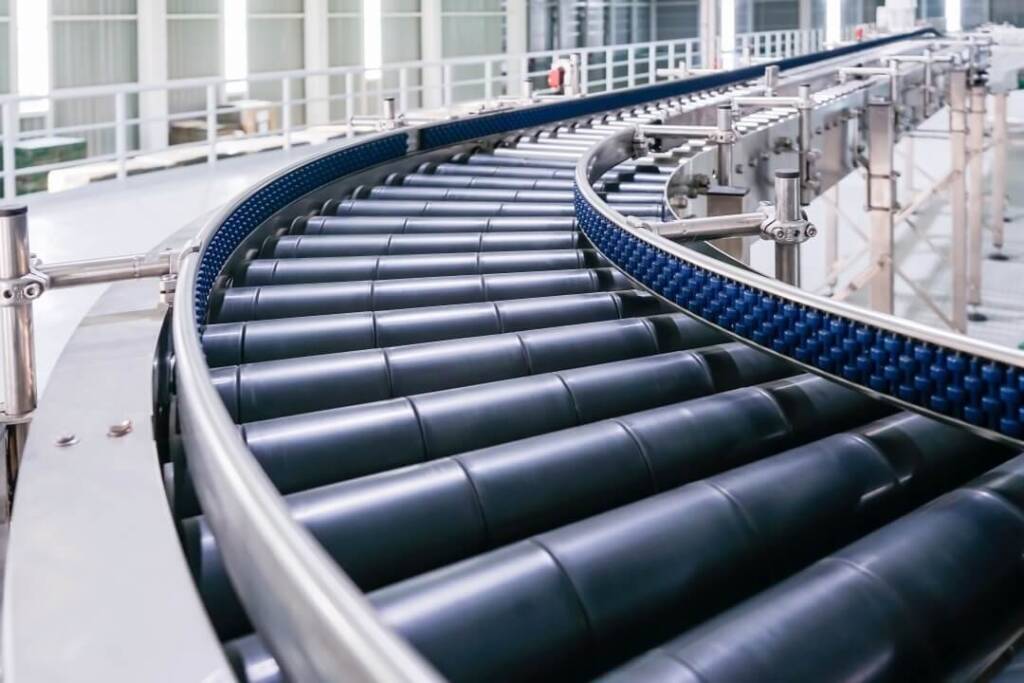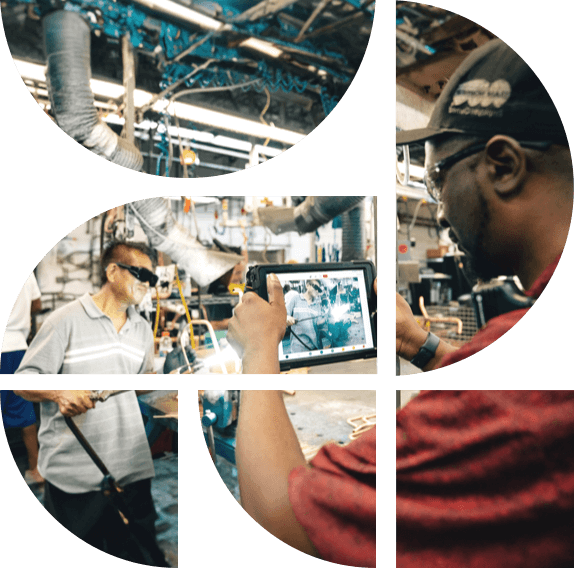Unlock the Secrets to Increased Productivity with Redzone's Newly Released Benchmark Report! Download Today
April 20, 2023

Despite the challenging economic environment, manufacturers are willing to make investments in systems that will help them transform digitally, enabling automation of key processes and driving throughput of quality products. A new report from Market Research Future projects that investments in manufacturing execution systems (MES) will grow at 20.5% CAGR through 2030, reaching $97.31 billion.
Other top IT spending priorities for manufacturing include robotics and automation (62%), data analytics (60%), and Internet of Things (loT) platforms (39%), as firms progress their Industry 4.0 vision.
Given the C-suite’s focus on cost containment, it’s more important than ever that new transformation programs succeed. Yet between 70% and 95% of all digital transformation initiatives fail.
The reasons vary. New technology may be clunky. Consultants depart, taking knowledge with them. Goals may be unrealistic and poorly supported by processes. Workers feel programs are pushed on them and they have no choice or voice in how they are implemented. As a result, they may resist long-term change. Business stakeholders lose interest, so results slip over time. They then redirect continuous improvement funding to other corporate priorities.
QAD Redzone succeeds where other digital transformation programs fail. The QAD Redzone Connected Workforce Solution sets up teams and companies for success by using process, technology, and other techniques to empower frontline workers to manage change and overcome obstacles to continuous improvement. QAD Redzone is a next-generation platform that uses mobile, social collaboration technology; automated data capture; IIoT devices; coaching; and team motivational techniques to unlock the creativity and drive of the frontline workforce.
Manufacturers that deploy QAD Redzone receive coaching and complete a 90-day program to accomplish five measurable Lean journey goals:
More than 1,000 manufacturers globally have already taken this journey. During their first 90 days using QAD Redzone, firms drive overall equipment effectiveness (OEE) improvements of 14 points and achieve productivity gains of 29%. They also realize average annual labor savings of $728K to $1.4M, depending on their baseline OEE and level of continuous improvement maturity.
With QAD Redzone, manufacturers can easily create a culture of change where workers contribute ideas, learn new processes, and troubleshoot problems. By so doing, they drive rapid ROI for digital transformation programs.
Learn how QAD Redzone can unlock the collective genius and will of your frontline teams to win the day. Download the QAD Redzone 2023 Productivity Benchmark Report.

Twice the Frontline Engagement: Priceless A spring in the step, a smil...


Contact us and let's begin empowering your frontline and growing your bottomline.
